FREE TOOLKIT
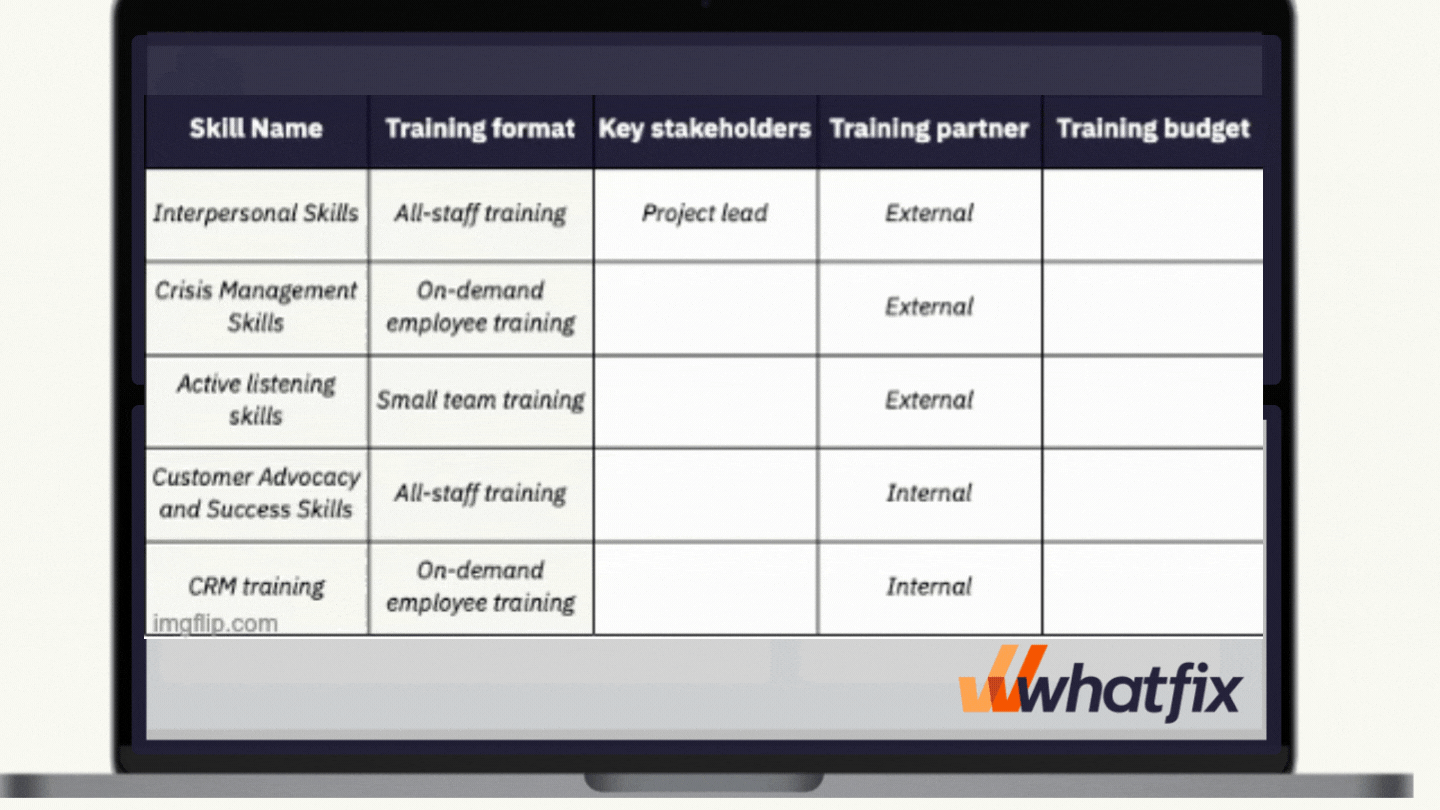
Download our free employee onboarding template toolkit!
This toolkit pack includes four checklists & templates for the onboarding process, a new hire's first day, and facilitating your onboarding buddy program.


Employee onboarding is vital to help new hires become comfortable and productive in their new roles.
An effective employee onboarding process is essential for welcoming new hires to the company and introducing them to company culture, their new team, and their business goals. If approached correctly, employee onboarding sets up new hires for success in the future.
In the digital age, companies are turning to new apps and tools to transform their traditional onboarding processes into more engaging digital employee experiences.
A digital onboarding process allows employers to streamline their onboarding process and provide a more flexible, personalized approach, while also saving time and resources.
Digital onboarding means leveraging digital tools and technology for onboarding new employees. It enables companies to create a cost-effective, efficient employee onboarding checklist by providing 24/7 centralized access to all information, creating a personalized onboarding experience, and providing assistance for understanding company workflows.
Let’s discuss a few differences between digital and traditional onboarding processes.
| Traditional Onboarding | Digital Onboarding | |
| Cost | Additional costs for printing paperwork and training material, and hiring trainers. | Saves costs on printing and hiring trainers with all digital onboarding documents |
| Information security | Allows for more secure onboarding as all documents are physical files. | A GDPR-compliant onboarding software keeps data secured. |
| Support | Support tickets need to be raised by employees for every issue faces with an application, software, or process. | Digital onboarding software provide 24*7 employee support without having to raise support tickets. |
| Employee engagement | Traditional onboarding practices are document and presentation-based which do not provide engaging employee experiences. | Digital onboarding provides video onboarding, interactive training, and personalized training content to boost employee engagement. |
| Self-paced learning | Traditional instructor-led onboarding sessions expect employees to learn according to the trainer’s pace | Digital onboarding enables self-paced learning sessions for effective learning. |
| Remote work culture | Onboarding sessions in a physical space is inconvenient for organizations practicing remote work culture. | Digital onboarding is efficient for both remote and in-office workplaces. |
Here are a few benefits of digital onboarding to illustrate why it is a more effective onboarding method than traditional, in-person onboarding.
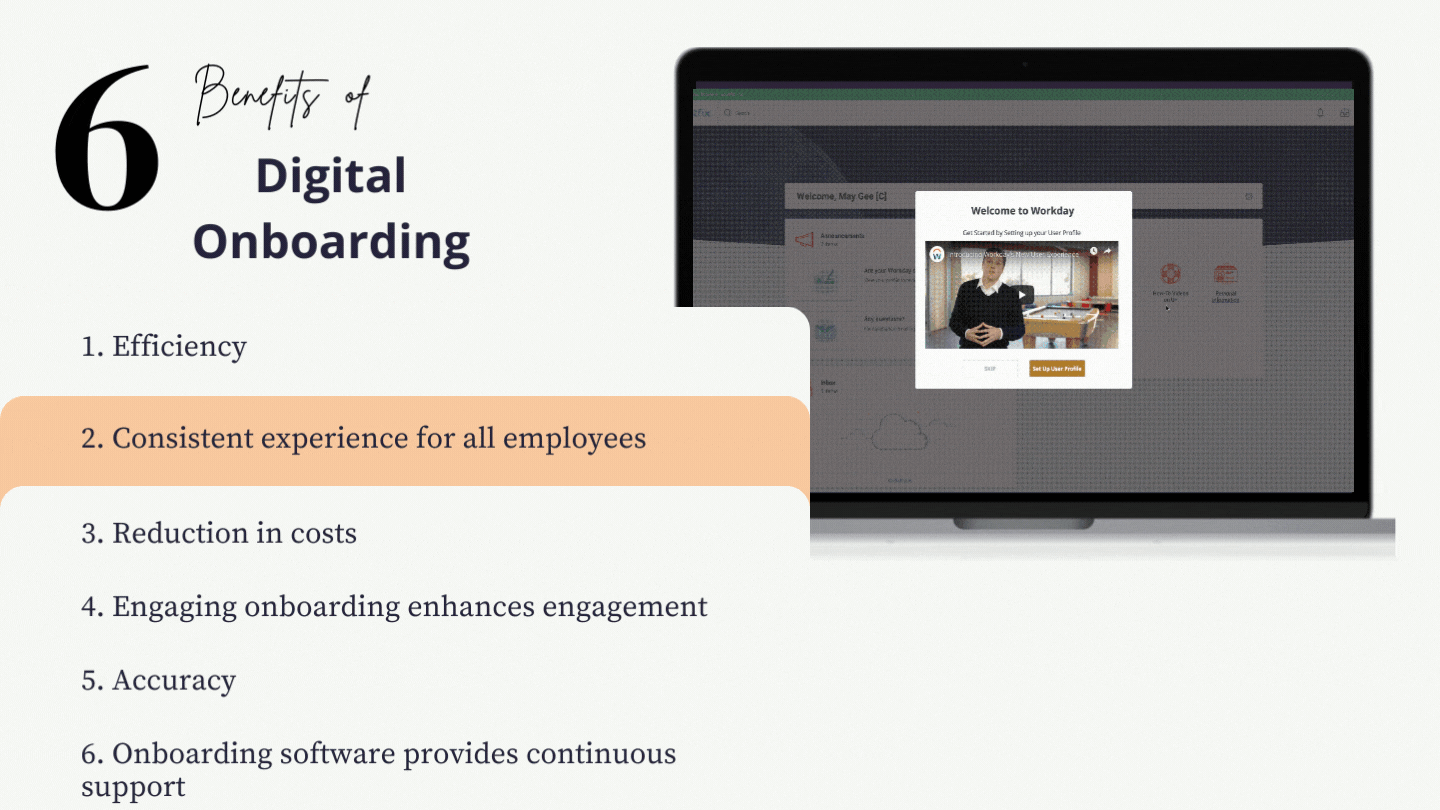
Traditional onboarding is time-consuming and involves a considerable amount of manual paperwork, which is frustrating for both the new hire and the HR team.
Digital onboarding, on the other hand, is less time-consuming and efficient, as everything is stored in a centralized database. Having all onboarding documents and information at your digital fingertips saves HR managers from sifting through endless paperwork and enables new hires to sign all documents in their own time.
Digital onboarding enables companies to build a consistent brand experience for every new hire by taking them through the same onboarding processes and information. Providing a consistent experience for every new hire ensures that they all are on the same page from day one.
Onboarding new employees both traditionally and digitally costs time and resources to the company. However, traditional onboarding involves paperwork and printing costs, which digital onboarding easily replaces without losing efficiency. Furthermore, digital onboarding requires less one-to-one in-person training, saving the money spent on hiring trainers.
Digital onboarding software help create a thoughtful, educational, and engaging onboarding program via video onboarding, interactive training, personalized training content, etc. Providing engaging and effective ways of onboarding boosts engagement, improves employee experience, and helps integrate new hires into the team quickly and efficiently.
Storing and presenting information digitally, ensures accuracy. Materials are centrally kept within a documents manager to check and update at any time. Digital onboarding ensures that whether there’s a small team of 20 or a global team of 2000, information is always consistent, up-to-date, and accurate.
Even after conducting comprehensive onboarding sessions with new hires on enterprise applications, employees will still have questions on how to navigate or perform tasks. Digital onboarding software provides employee support without employees having to raise support tickets and wait for the resolution. These quick solutions save a lot of time for new hires and allow them to prioritize learning in the flow of work to become productive faster.
Follow the steps below to create an effective digital onboarding experience for your new hires.
Every digital onboarding experience begins with an excellent preboarding. Preboarding is every activity involved until the new employee officially begins their first day with the company.
Preboarding involves the following tasks:
When a new hire joins a company, there is a ton of paperwork involved. Here are the most important onboarding documents and paperwork for new employees to complete:
Unlike traditional onboarding, digital onboarding does not require you to dump a massive amount of paperwork on a new employee on their first day. With a digital process, all onboarding activities, from paperwork to training, are completed online.
Signing and completing all onboarding documents is available from one unified platform.
Here are a few online documentation resources you can consider for delivering and collecting the paperwork:
Make sure your new employees have a list of regular tasks, goals, stretch goals, and key performance indicators from the beginning. Create a 30-60-90 day plan for new hires to give them an overview of their purpose within the company.
The goals for the 30-60-90-day phases need to be SMART: specific, measurable, attainable, realistic, and time-bound. It is important to remember that there is only so much a new team member can learn in their first few months of employment. While you may have a lot of topics to address, try not to overwhelm new hires with too much information at once.
To create a visualization of your 30-60-90 plan and provide transparency for both employee and manager, a centralized space in the form of an employee onboarding board can be created for every employee using onboarding software like Trello.
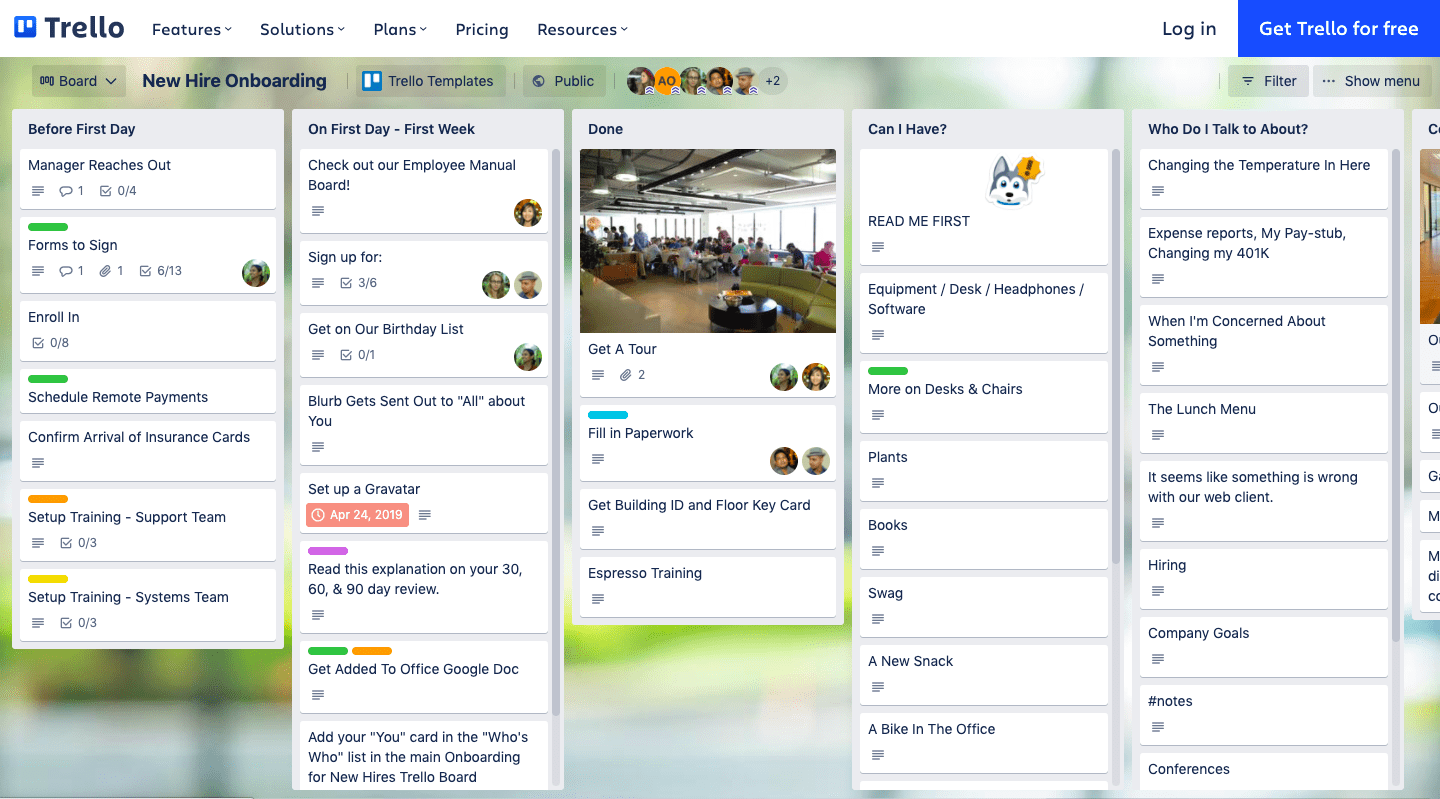
One of the best features of digital onboarding tools is that you are able to save time by automating routine tasks. Once the onboarding process is mapped out, all associated tasks such as sending offer letters, setting up reminders for new hires, sending emails, etc., are easily automated to streamline the onboarding workflow.
Additional rules can be set up to change the flow of the onboarding process based on the progress of the new hire. For instance, preventing a new hire from accessing part two of the onboarding process until they complete part one is possible with workflow creation features in digital onboarding tools.
Traditional employee onboarding involves instructor-led training sessions such as conferences or seminars held in a physical space. In contrast, digital onboarding software like Whatfix enables self-paced learning for new hires to access learning materials independently and complete training at their own pace.
Self-paced training sessions save money on hiring trainers, help new hires become productive faster by learning in the flow of work, enables training for a larger group of employees, and do not require scheduling new sessions every time a new employee is onboarded.
In addition to this, digital onboarding software allows tailoring training and instructional content to create customized training paths for different individuals.
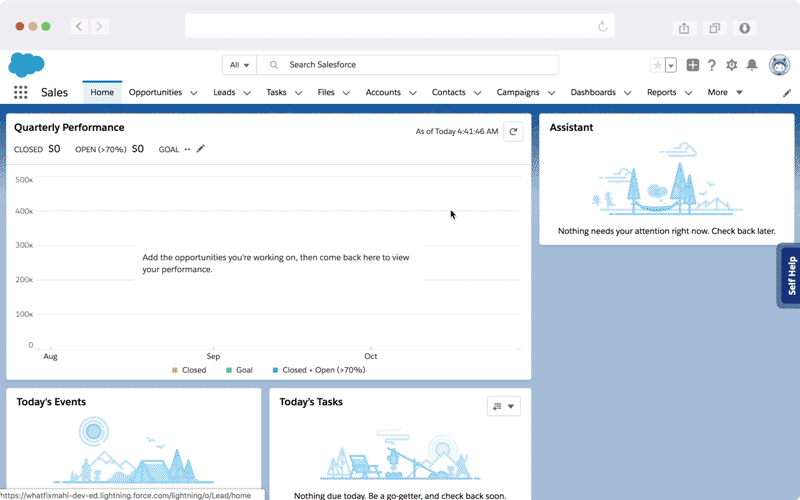
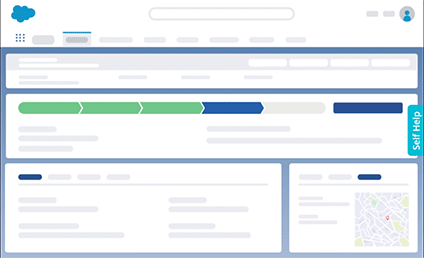

This toolkit pack includes four checklists & templates for the onboarding process, a new hire's first day, and facilitating your onboarding buddy program.
Organizations implement digital employee onboarding software to enable smooth and simple digital onboarding for new hires. Here are some popular employee onboarding software providers:

Whatfix’s digital adoption platform allows L&D teams to create personalized and engaging employee onboarding checklists at scale, that are embedded right in your digital apps and processes. The platform allows you to create tasks lists and self-help widgets for digital onboarding, within the application to empower users to become proficient quickly.
Highlights:
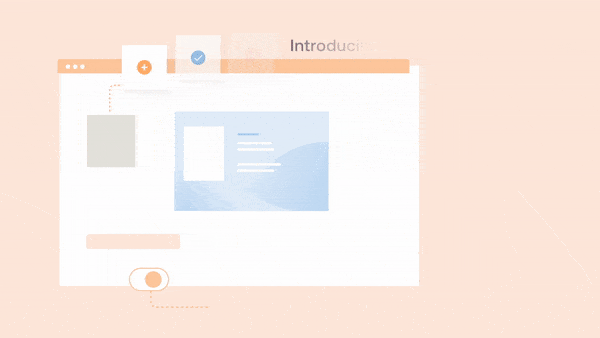
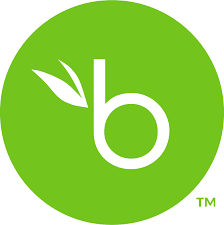
Bamboo HR is a widely popular digital onboarding solution. It relieves the HR teams of the majority of repetitive tasks and allows them to spend more time getting to know the new hire and introducing them to the overall culture and practices of the company. Bamboo’s overall user experience makes it easy for the HR team to track progress and focus on the bigger picture of the onboarding process.
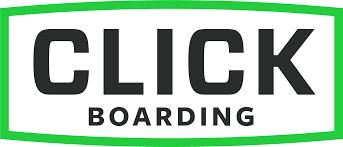
Clickboarding is a purpose-built digital onboarding software loaded with pre-designed templates and content to set up your onboarding flow easily. One of the software’s best features is the ability to track employee progress through the onboarding flows.
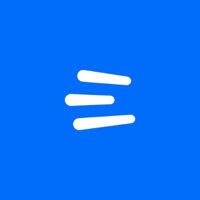
Eduflow is an interactive digital onboarding platform that allows you to create workflows for your employees to learn tasks and processes relevant to their job roles. Taking a simple example of introducing an employee to the company, Eduflow can help you break that down into microsized, easily digestible steps like “Getting to know the products” or “A brief overview of your team.” One of the notable features is the ability to ask for feedback or queries to ensure that the new employee is on the right track.
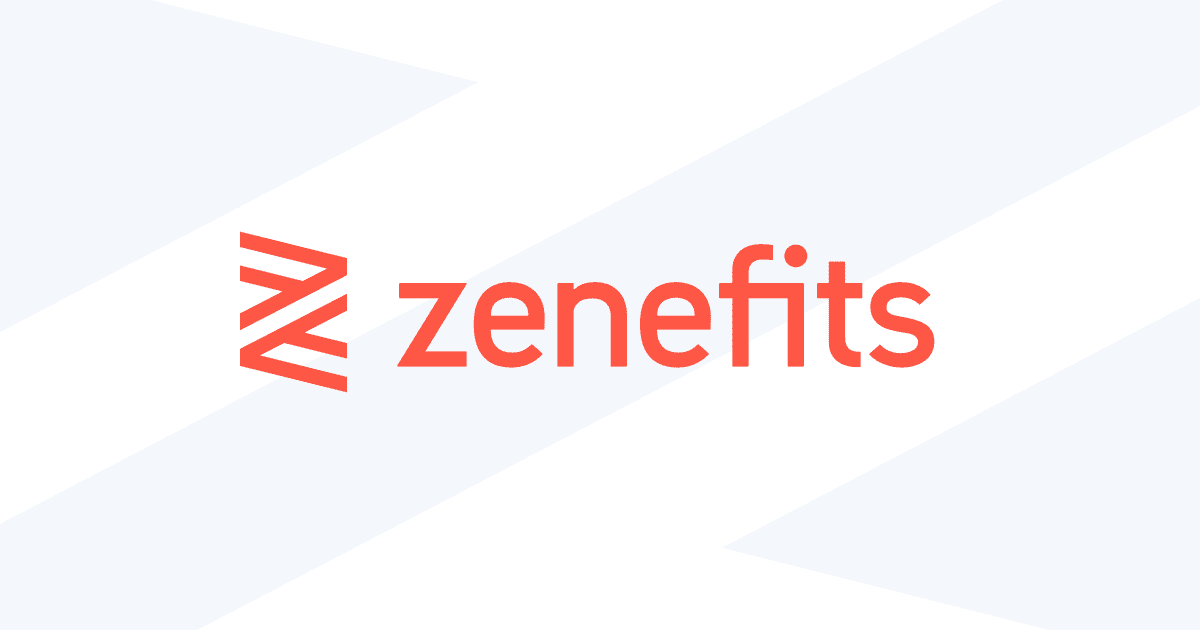
Zenefits is an HR platform that manages all processes such as hiring, onboarding, and employee records, all in one place. You can design custom onboarding flows, send job offers, run background checks, and let new hires complete their onboarding before their first day to work.
Traditional onboarding is simple but paper-heavy for new joinees. It involves multiple in-person meetings and trainings that are time-consuming and potentially nerve-wracking for new hires. This is not an optimal way to introduce a company to the new hire, and it limits their productivity. Digitization in the modern age has helped reinvent employee onboarding to make it more streamlined, engaging, and effective. Digital onboarding puts an organization in a solid position to ensure employees are integrated into the organization smoothly, subsequently retaining employees in the long term.
If your goal is to provide a seamless software onboarding process for your new hires, then Whatfix is your go-to solution. Whatfix has helped over 500 global clients effectively onboard and train their employees on mission-critical applications within their flow of work.
Request a demo to see how Whatfix empowers organizations to improve your employee onboarding process.
Thank you for subscribing!